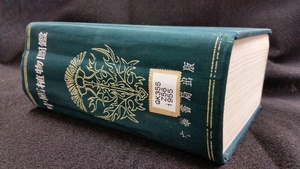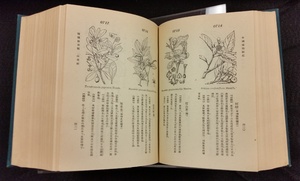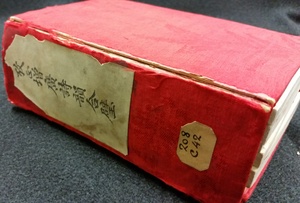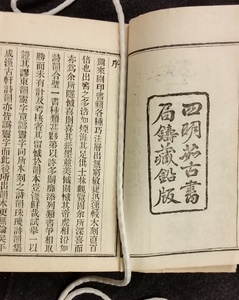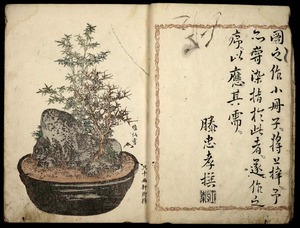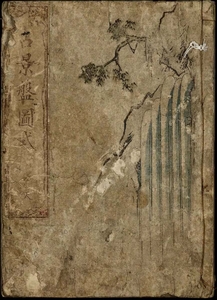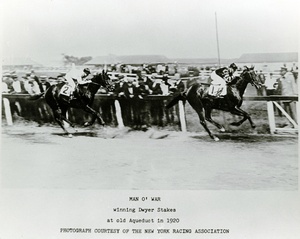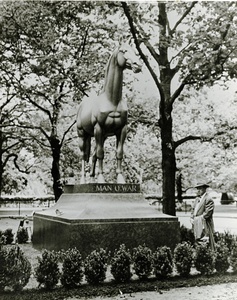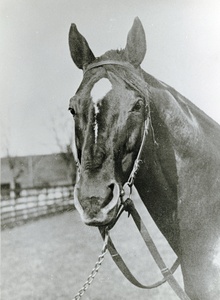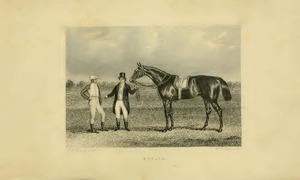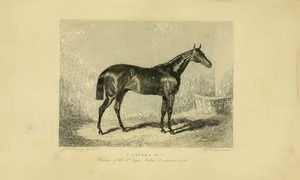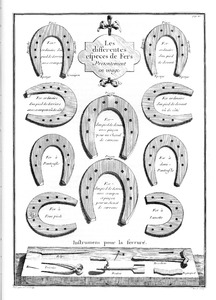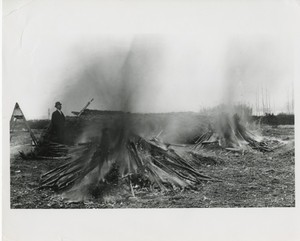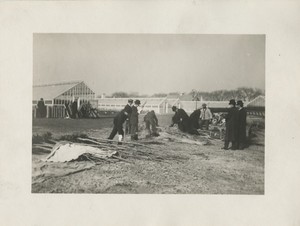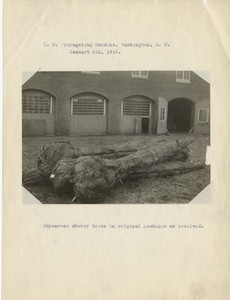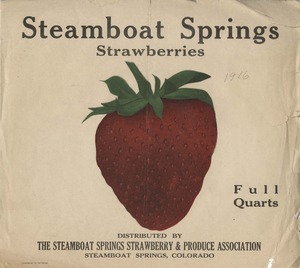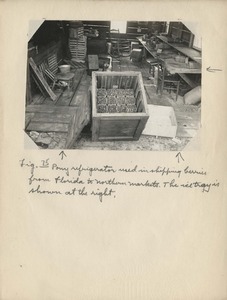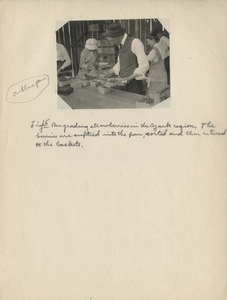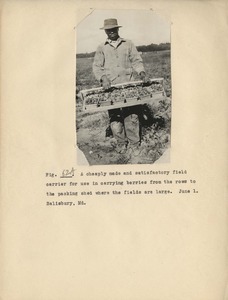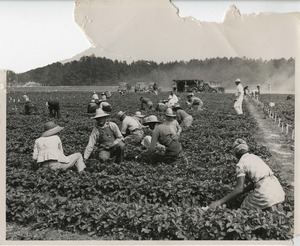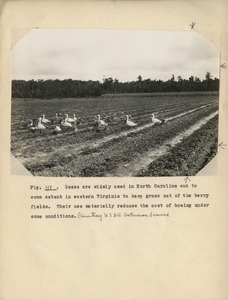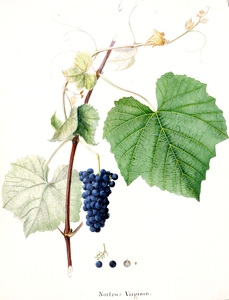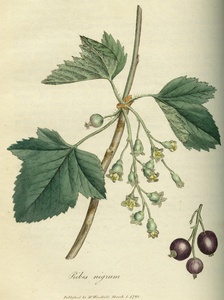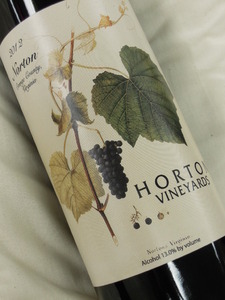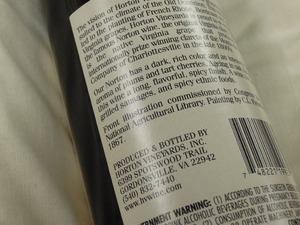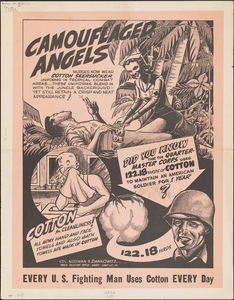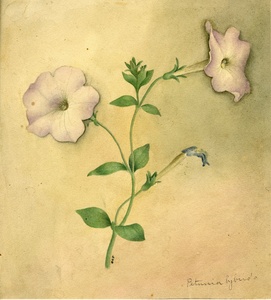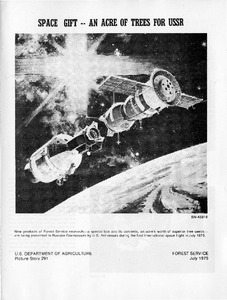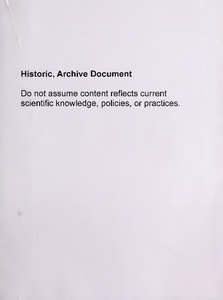May
Asian-Pacific American Heritage Month
“
- on May 7, 1843, the first Japanese immigrants came to the United States;
- on May 10, 1869, Golden Spike Day, the first transcontinental railroad in the United States was completed with significant contributions from Chinese pioneers;
- in 1979, at Congress' direction, the President proclaimed the week beginning on May 4, 1979, as Asian/Pacific American Heritage Week, providing an opportunity for the people of the United States to recognize the history, concerns, contributions, and achievements of Asian and Pacific Americans;
- in 1990, 1991 and 1992, Congress designated and the President proclaimed the month of May as Asian/Pacific American Heritage Month;
- nearly 8,000,000 people in the United States can trace their roots to Asia and the islands of the Pacific; and
- Asian and Pacific Americans have contributed significantly to the development of the arts, sciences, government, military, commerce, and education in the United States.
DESIGNATION- May of each year is designated as `Asian/Pacific American Heritage Month'.”
102nd Congress (1991-1992)
H.R.5572.ENR
Because May was chosen in recognition of Japanese immigrants and Chinese workers, a selection of Special Collections materials in both languages are shared below.
Interior pages.
Equestrian Events
(May 2 and May 16)
The first two races, or “jewels,” in the Triple Crown occur in May. The Kentucky Derby is the first Saturday in May (which is May 2 in 2015), and the Preakness Stakes takes place two weeks after that. Special Collections holds a large stable of resources on thoroughbred racing and the equestrian arts.
NAL Special Collections holds the Man o’ War Collection (Ms. 297). Man o’ War, considered to be one of the greatest thoroughbred horses of all time, won the Preakness Stakes in 1920.
Love a Tree Day
(May 16)
Visitors to Washington, D.C. love the Japanese flowering cherry trees blooming at the Tidal Basin in Potomac Park every year. Did you know that USDA entomologists and inspectors discovered disease in the first shipment of trees in 1910 and had to burn 2,000 trees? A subsequent gift of 3,000 trees from Japan in 1912 form the core of trees “everyone loves to hug.”
Pick Strawberries Day
(May 20)
Red, ripe, delicious strawberries are ready for picking this month in many areas of the United States. May 20 marks the peak of the season as National Pick Strawberries Day. Consider picking your own berries at a local fruit farm, where you’ll not only enjoy the sweet taste of strawberries right off the vine—you’ll also have an opportunity to meet and support local growers.
In celebration of all things strawberry, we are featuring images from the George McMillan Darrow Papers. Darrow (1889-1983), considered one of America’s foremost authorities on strawberries, spent his long and “fruitful” career as a pomologist and small fruits breeder for USDA. His collection of papers contains, among other things, many photographs related to the breeding, cultivation, and harvesting of strawberries. The images featured here show a glimpse of field-to-market strawberry production from the early 20th century.
National Wine Day
(May 25)
National Wine Day uncorks on May 25. If it’s the grape that interests you, NAL Special Collections can support that interest. The Norton grape cultivar has been used in America to make wine since colonial days. Its exact origins are a bit of a mystery, but research points to it being a hybrid consisting mostly of Vitis aestivalis, an indigenous American grape.
NAL Special Collections provided the Fleischman image to Horton Vineyards of Orange County, Virginia for use on the labels of its claret, which it makes from the Norton grape.
Of course, not all wine is made from grapes. Try this recipe based on black currants and four quarts of whiskey from the White House Cook Book (NAL call no.: 389.25 G41):
“Four quarts of whiskey, four quarts of black currants; four pounds of brown or white sugar, one tablespoon of cloves; one tablespoon of cinnamon. Crush the currants and let them stand in the whiskey with the spices for three weeks, then strain and add the sugar. Set away again for three weeks longer, then strain and bottle.” (p. 414)
Did you know that Charles Valentine Riley, a USDA entomologist, saved the French wine industry? That’s his roll-top desk in the NAL lobby. Get in touch with us (specialcollections@ars.usda.gov) for the story. I don’t understand why it hasn’t been an episode on PBS’s American Experience, along with the work of other early USDA researchers.
Towel Day
(May 25)
The first Towel Day was held in 2001, two weeks after the death of science fiction author Douglass Adams. The celebration is named after the most important piece of gear when hitchhiking through the galaxy: a towel.
"A towel, it says, is about the most massively useful thing an interstellar hitchhiker can have. Partly it has great practical value. You can wrap it around you for warmth as you bound across the cold moons of Jaglan Beta; you can lie on it on the brilliant marble-sanded beaches of Santraginus V, inhaling the heady sea vapours; you can sleep under it beneath the stars which shine so redly on the desert world of Kakrafoon; use it to sail a miniraft down the slow heavy River Moth; wet it for use in hand-to-hand-combat; wrap it round your head to ward off noxious fumes or avoid the gaze of the Ravenous Bugblatter Beast of Traal (such a mind-bogglingly stupid animal, it assumes that if you can't see it, it can't see you); you can wave your towel in emergencies as a distress signal, and of course dry yourself off with it if it still seems to be clean enough.
More importantly, a towel has immense psychological value. For some reason, if a strag (strag: non-hitch hiker) discovers that a hitchhiker has his towel with him, he will automatically assume that he is also in possession of a toothbrush, face flannel, soap, tin of biscuits, flask, compass, map, ball of string, gnat spray, wet weather gear, space suit etc., etc. Furthermore, the strag will then happily lend the hitch hiker any of these or a dozen other items that the hitch hiker might accidentally have "lost." What the strag will think is that any man who can hitch the length and breadth of the galaxy, rough it, slum it, struggle against terrible odds, win through, and still knows where his towel is, is clearly a man to be reckoned with.”
-Douglas Adams, The Hitchhiker's Guide to the Galaxy
Any captions within quotes are from The Hitchhiker's Guide to the Galaxy unless otherwise noted.
What are towels most often made of? Cotton!
“Curiously enough, the only thing that went through the mind of the bowl of petunias as it fell was Oh no, not again. Many people have speculated that if we knew exactly why the bowl of petunias had thought that we would know a lot more about the nature of the Universe than we do now.”
"New products of Forest Service research-a special box and its contents, an acre's worth of superior tree seeds are being presented to Russian Cosmonauts by U.S. Astronauts during the first international space flight in July 1975." (from this publication)
being presented to Russian…
"It is an important and popular fact that things are not always what they seem. For instance, on the planet Earth, man had always assumed that he was more intelligent than dolphins because he had achieved so much, the wheel, New York, wars and so on - whilst all the dolphins had ever done was muck about in the water having a good time. But conversely, the dolphins had always believed that they were far more intelligent than man for precisely the same reasons."
"Mice are not, as is commonly assumed on Earth, small white squeaking animals who spend a lot of time being experimented on.
In fact, they are the protrusions into our dimension of hyper-intellegent pan-dimensional beings. These beings are in fact responsible for the creation of the Earth.
The whole business with the cheese and the squeaking is just a front."
Calendar Page
May 2015 calendar page (26mb PDF). 8.5 x 11 and 11 x 17.
 An official website of the United States government.
An official website of the United States government.

